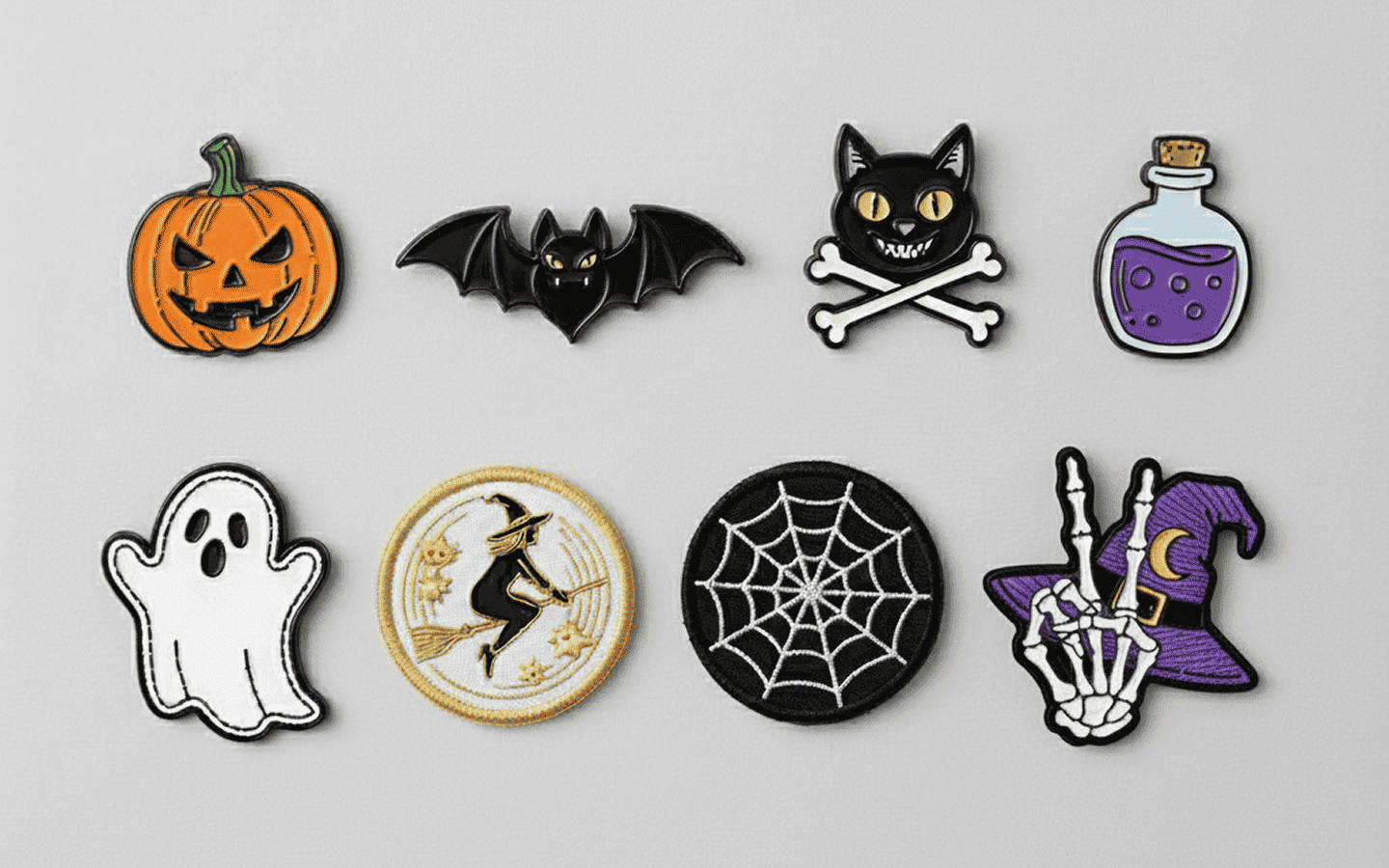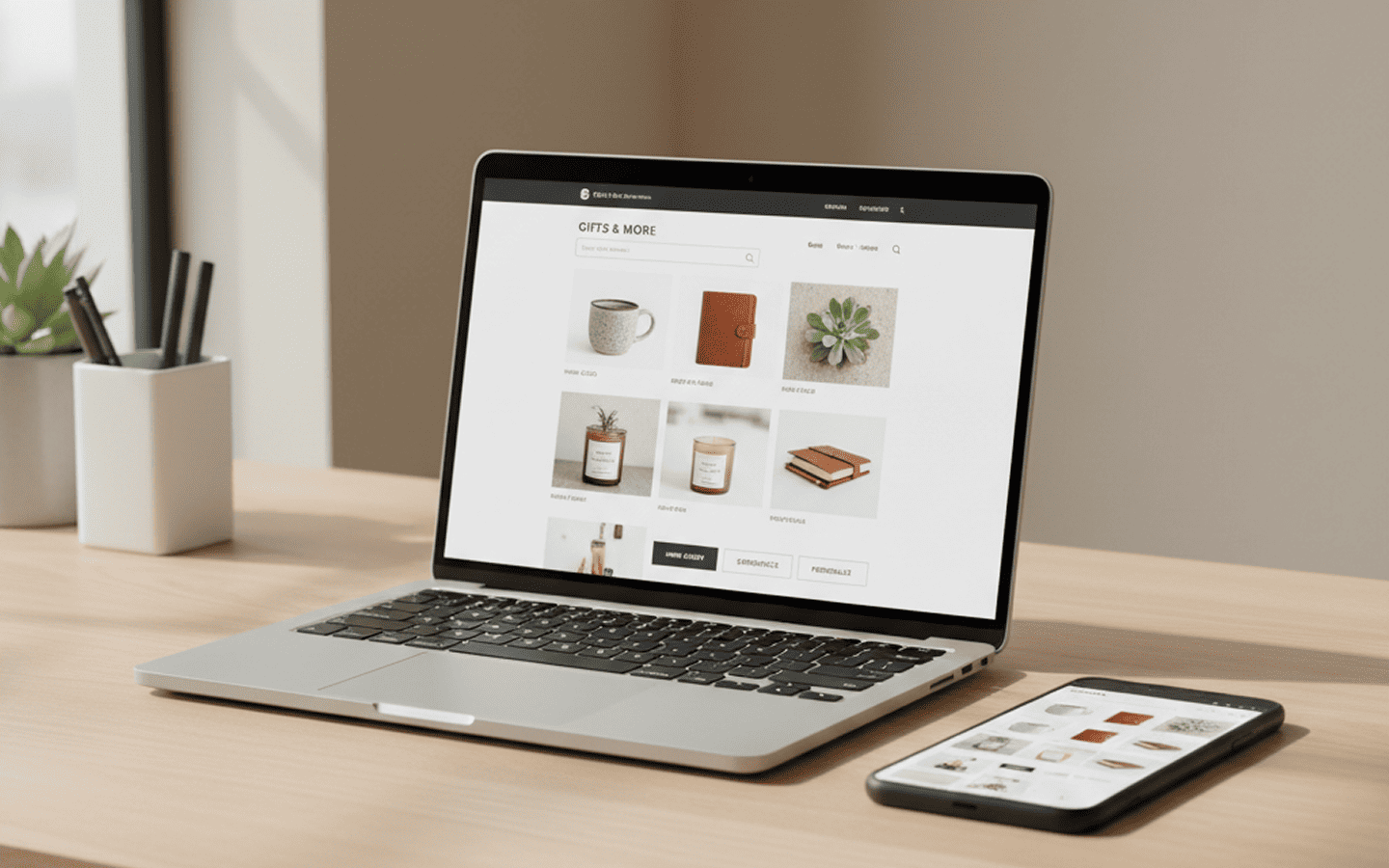How to start a Hat business: a comprehensive guide
If you have a passion for fashion and a knack for creativity, starting a hat business can be your gateway to turning ideas into a successful hustle. Hats are versatile, functional, and stylish accessories that cater to various niches, from sports fans to outdoor enthusiasts.
With platforms like THE/STUDIO offering high-quality customization options, entering this market has never been more accessible or rewarding. With the right wholesalers, you can create customized hats that meet specific market demands.
In this guide, we’ll walk you through the essential steps to start a hat business and explore why it’s a venture worth pursuing.
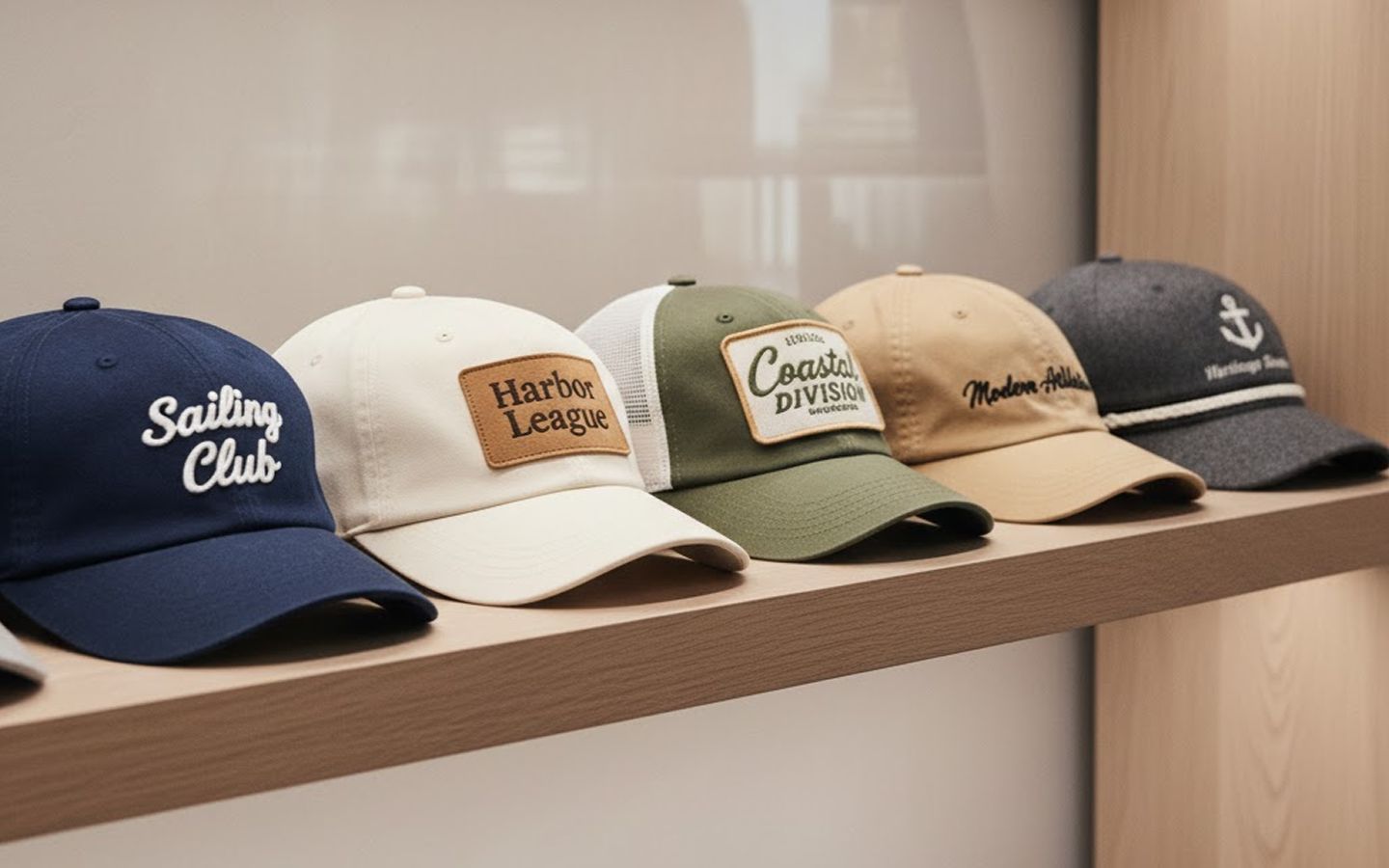
Why should you consider starting a Hat business?
Hats are a foundational wardrobe piece, allowing you to cater to many niche markets. You can specialize in sports caps, vintage-style hats, custom beanies, sun hats, and more.
In a world full of online business opportunities, a custom hat business stands out as a practical, scalable option. Here’s why:
Versatile market appeal: Hats are timeless accessories, meaning they remain in demand across different demographics and seasons. Whether it’s baseball caps for sports enthusiasts or sun hats for beachgoers, there’s a hat for every occasion and audience.
Niche-focused opportunities: Hats allow you to tap into unique markets, offering products tailored to specific tastes and lifestyles. You can create vintage hats, trendy dad caps, or functional designs for outdoor adventurers.
Ease of starting: Platforms like Shopify, Etsy, and Amazon Handmade make it easy to set up a shop. And if design isn’t your strength, services like THE/STUDIO can assist with professional designs.
Potential for passive income: Once you establish your marketing strategies and fulfillment processes, your business can generate revenue with minimal daily involvement.
💡 If you want to explore more ideas, read our complete guide on how to make a passive income with your fashion business.
Starting a Custom Hat business in 10 detailed steps
Whether you want to learn how to start a hat company or just start a small cap business, turning your vision into reality requires careful planning and execution.
Here’s a step-by-step guide to help you start a successful custom hat business:
1. Researching the Hat market
The foundation of any successful business is thorough market research. Having a great product idea is not enough, you need to confirm that there’s a demand for it.
Comprehensive market research will help you understand your target audience, competitors, and trends within the hat industry. Here's how to expand on this:
Understand your target audience: Identify who will buy your hats. Are they young professionals looking for stylish accessories? Outdoor enthusiasts in need of functional hats? Or sports fans wanting team caps? Each audience has unique preferences and needs.
Analyze trends: Use tools like Google Trends to discover which hat styles are currently gaining popularity. Seasonal trends, such as beanies in winter or sun hats in summer, can also guide your inventory decisions.
Study competitors: Examine what other hat businesses are offering. Platforms like Etsy, Amazon, and Shopify can give you insights into popular designs and pricing strategies. Don’t just focus on what works—review customer complaints and negative feedback to identify gaps in the market.
Leverage social media insights: Use platforms like Facebook, Instagram, and TikTok to observe consumer behavior. Check trending hashtags, posts, and ads related to hats to gather inspiration for your designs.
Conduct surveys or focus groups: Engage potential customers through surveys or discussions. Direct feedback will help you refine your product offerings and marketing strategies.
Market research not only helps you refine your business concept but also reduces the risk of launching products that won’t sell.
💡 With online manufacturers like THE/STUDIO, you can create original high-quality products rather than cheap products that quickly saturate the market.
2. Pick your niche
Defining a niche is critical to building a distinct brand that resonates with a specific audience. A niche ensures you’ll design and sell hats that stand out in a crowded marketplace and makes marketing more effective.
Some key insights to consider:
Understand your passion and expertise: Choose a niche that aligns with your interests or knowledge. For example, if you’re an outdoor enthusiast, you might design hats for hikers and adventurers.
Identify gaps in the market: Use your research to pinpoint underserved niches. For instance, are there limited options for sustainable or eco-friendly hats? What about hats designed for specific communities or cultures?
Refine your target demographics: Think about age, gender, location, and lifestyle. For instance, a niche could be “minimalist hats for urban millennials” or “personalized hats for baby boomers.”
Explore themes and styles: Consider niches like retro-inspired hats, meme-based designs for Gen Z, or hats that support social causes. Each niche should solve a problem or fulfill a specific desire for the audience.
Test your niche: Before committing, test the waters with a small product launch. Platforms like Etsy or social media ads can help gauge interest in your niche.
A well-chosen niche ensures you’re not competing on price alone but rather offering something unique that customers value.
3. Pick the style of Hats you want to sell
The hat industry offers a wide variety of styles, each catering to different audiences and purposes. Deciding which style to offer is crucial because it influences your branding, manufacturing, and marketing.
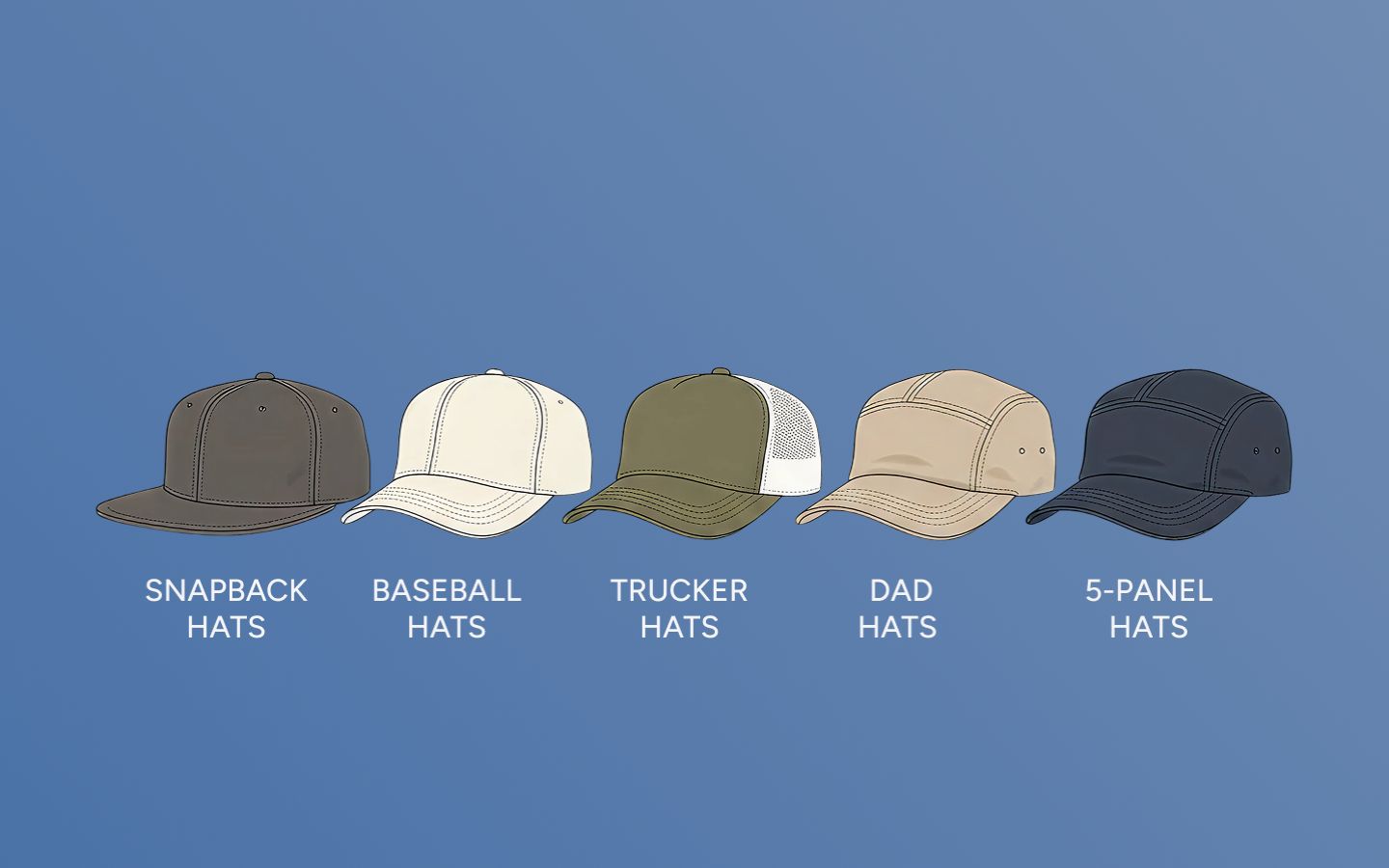
During this process, here are some things you should have in mind:
Understand the functionality of each style:
Snapback hats have a flat brim with five panels. Unlike the baseball hat’s curved brim, the flat brim provides a sporty look, great for casual everyday wear and sports enthusiasts.
Baseball caps come in many styles, but generally, they are soft hats with a stiff bill projecting in the front and a rounded crown. They’re perfect for sports lovers and fashion streetwear consumers.
Trucker hats are basecamp caps with an adjustable visor and mesh backing. These hats are best suited for casual outdoor enthusiasts, such as hikers and beachgoers.
Dad hats have an unstructured front panel and simple logos. Many sellers like to add simple logos or meme designs onto dad hats.
5-panel hats are known for their traditional construction. They have two long panels at the top, one wide panel in the front, and two panels on each side. They’ve gained popularity in skateboard culture as part of their attire and help to protect eyes from the sun.
💡 For more information, read our ultimate guide with 15 hat styles.
Consider seasonal demand
Seasonality plays a big role in hat sales, so plan your product line with the calendar in mind.
Lighter options such as sun hats, bucket hats, and trucker caps tend to sell better in spring and summer when people are spending more time outdoors. On the other hand, beanies, wool caps, and ear-flap hats become essential in colder months.
Throughout the year, studying the top hat designs for seasonal collections or limited-edition designs, like holiday-themed beanies in December or spooky halloween merch in October, can contribute to boost sales.
Target specific lifestyles
Think beyond basic functionality and tailor your hat designs to fit customer lifestyles. By aligning with specific lifestyles, you make your products feel more intentional and relevant.
For example, UV-protection hiking hats or moisture-wicking caps are great for outdoor adventurers, while breathable mesh truckers appeal to beach lovers and casual weekend wearers.
For younger audiences, trendy festival hats with bold embroidery or tie-dye fabrics can stand out. Businesses may also want custom hats as part of employee uniforms or promotional giveaways.
💡 Learn about the benefits of branding your business with custom hats.
Stay updated on trends
Fashion trends are constantly evolving, and hats often cycle back into popularity.
Vintage-inspired styles like 90s dad hats or a retro snapback hat design regularly resurface, while eco-conscious designs using recycled or organic fabrics are steadily growing in demand.
Keep an eye on influencers, streetwear brands, and seasonal runway shows to see what styles and colors are gaining momentum. Pairing timeless classics with a few trendy pieces helps balance your inventory.
Selecting a thoughtful mix of hat styles not only diversifies your catalog but also allows you to connect with a broader audience while staying aligned with your niche.
4. Design the Hats yourself vs. have them outsourced
The design of your hats is your brand’s identity. It’s what sets you apart. Whether you create the designs yourself or outsource, it’s crucial to focus on originality and quality.
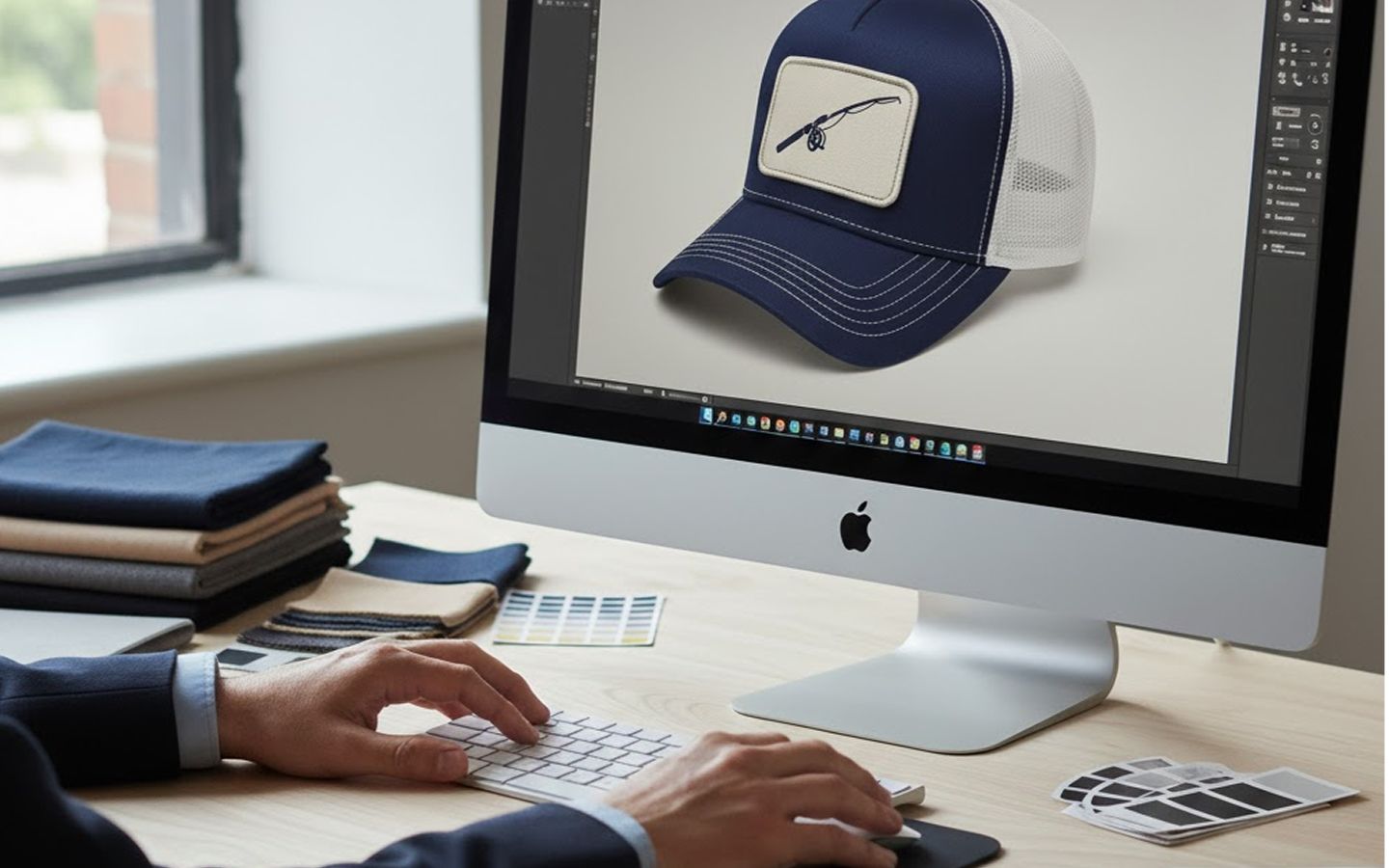
Here's how to approach this:
If designing yourself
Invest in tools like Adobe Illustrator or Canva for creating digital mockups.
Learn design basics to experiment with color, typography, and patterns.
Ensure the designs are scalable for production, especially for embroidery or screen printing.
If outsourcing
Use platforms like Fiverr or Upwork to find experienced designers. Review their portfolios and clearly communicate your brand vision.
Outsource design work to an experienced print-on-demand supplier like THE/STUDIO, which has experienced in-house designers specifically for creating custom hats.
Test and refine designs: Create sample products to evaluate the quality and market appeal before mass production.
Keep your brand consistent: Ensure that all designs align with your brand’s values, target audience, and aesthetic.
Investing in thoughtful and high-quality designs ensures that your hats resonate with customers and encourage repeat purchases.
5. Select the printing method
The printing method you choose impacts the durability, cost, and appearance of your hats. Here’s a detailed breakdown:
Screen Printing: This method is ideal for bold, vibrant designs. It’s cost-effective for bulk orders but may not be suitable for intricate patterns.
Embroidery: A premium option that adds texture and depth to designs. Perfect for logos or text-based designs, embroidery conveys a high-end feel.
Heat transfer: Ideal for detailed, photo-like designs. It’s affordable for smaller batches but may fade over time with frequent washing.
Direct-to-garment (DTG): Offers unlimited color options and intricate detailing. However, it’s more suitable for lighter-colored hats and small runs.
Different methods have varying costs and production times. Evaluate costs and scalability to choose a method that aligns with your business goals and budget.
The right printing method ensures your hats maintain their quality and appeal, enhancing customer satisfaction.
6. Choose the right manufacturer to produce the Custom Hats
Partnering with the right custom hat manufacturer is essential for maintaining product quality and meeting customer expectations.
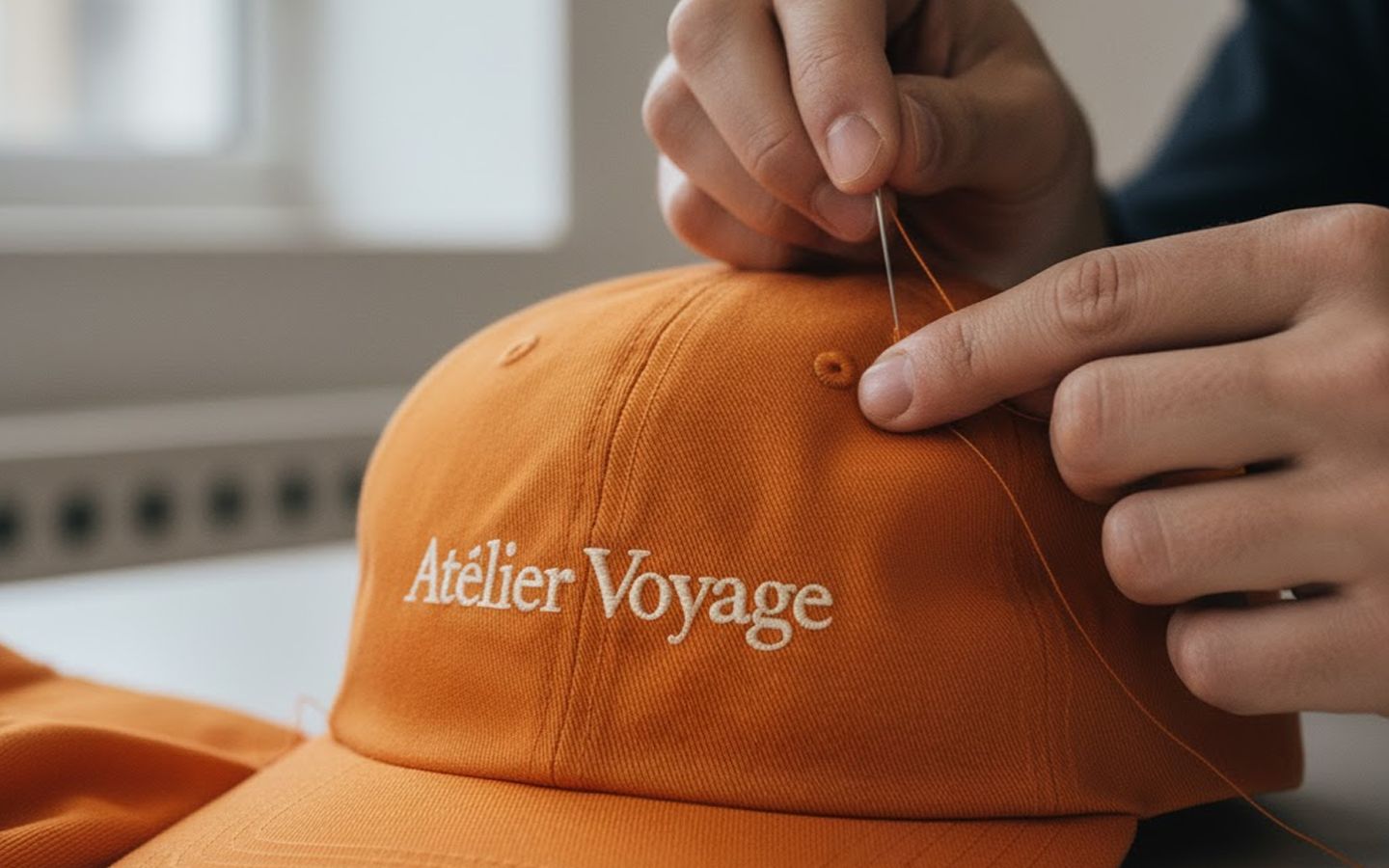
A few considerations to have in mind when analyzing your options:
Evaluate product quality: Order samples to inspect stitching, material, and overall craftsmanship.
Review customization options: Ensure the manufacturer offers flexible options like different materials, colors, and design placements.
Check minimum order quantities (MOQs): Some manufacturers require bulk orders, which may not suit small businesses. Look for providers like THE/STUDIO that accommodate low MOQs.
Assess shipping times: Quick turnaround times are vital for customer satisfaction. Choose a supplier with efficient production and shipping processes. Consumers will shop elsewhere when they deem delivery times too long. 90% of US shoppers expect a two to three-day shipping time. Check their shipping times, so you can quickly restock inventory when needed.
Look for scalability: As your business grows, ensure the manufacturer can handle larger orders without compromising quality.
A reliable manufacturer becomes a long-term partner in your success, so take time to vet your options carefully.
💡 Still deciding on materials? Check our guide on the best materials for your custom hats.
7. Create your own Hat brand
Your brand is more than just a logo. It’s the story, values, and personality that connect with your customers.
Here’s how to build a compelling brand:
Develop a unique value proposition: Clearly communicate why your hats are better, different, or more meaningful than competitors’.
Design a memorable logo and packaging: Invest in professional design to create a visually appealing logo and custom packaging that leaves a lasting impression.
Use custom clothing labels: Adding personalized labels inside your hats instantly makes your products feel more premium. Labels can showcase your brand name, tagline, or even sustainability messaging.
Create a brand voice: Use consistent language and tone in all communications, from social media posts to product descriptions.
Engage your audience: Share behind-the-scenes stories about your design process, sustainability efforts, or customer success stories.
Building a strong brand fosters loyalty and helps customers connect with your business on a deeper level.
8. Pick your price points
Pricing your hats requires balancing profitability while attracting and retaining your target audience. Start by knowing your true costs, such as materials, labor, shipping, marketing, and other fees.
If you’re asking how much does it cost to make a hat, the answer varies by style, customization, and order size, but calculating this baseline is essential.
To build a strong and effective pricing strategy, keep these factors in mind:
Understand your costs: Factor in production, shipping, marketing, and platform fees to calculate your baseline cost.
Research competitors’ prices: Analyze similar products in your niche to find a competitive yet profitable price point.
Offer tiered pricing: Introduce premium options or bulk discounts to appeal to different customer segments.
Monitor customer feedback: Regularly adjust pricing based on sales data and customer reviews.
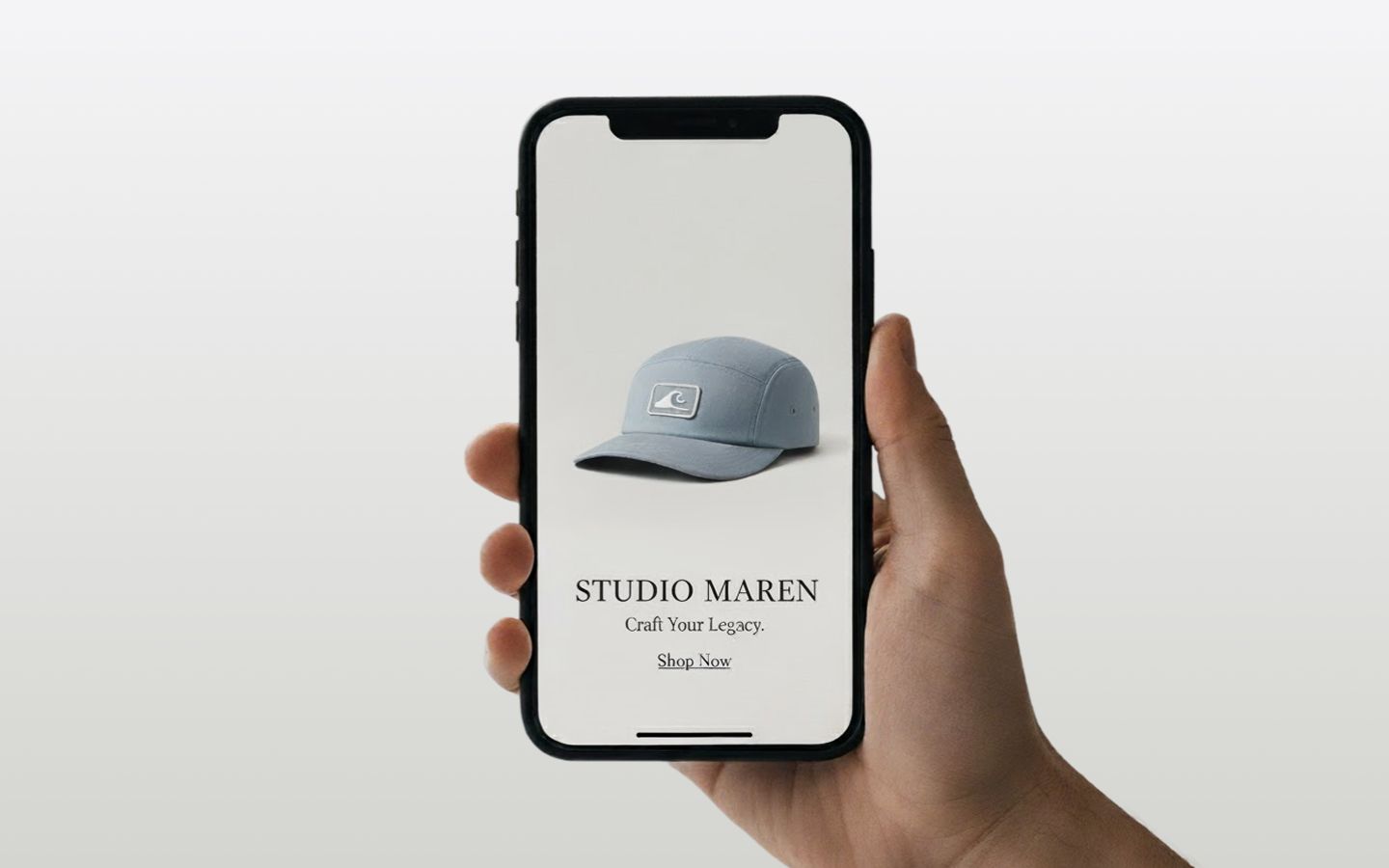
9. Establish your marketing channels
Marketing drives sales and builds brand awareness. Here’s how to expand your reach:
Use social media marketing: Platforms like Instagram and Pinterest are perfect for showcasing visually appealing products. Use reels, stories, and hashtags to engage followers.
Leverage paid ads: Invest in targeted Facebook and Google ads to reach specific demographics.
Collaborate with influencers: Partner with micro-influencers in your niche to promote your hats authentically.
Build an email list: Offer discounts or freebies to encourage sign-ups and send regular updates about new products or promotions.
Diversifying your marketing efforts ensures maximum visibility and drives consistent traffic to your store.
10. Fulfill orders
Your customer service processes will minimize refunds and help keep customers coming back to you. Research from Bain & Company shows that boosting customer retention by 5% increases profits by 25% to 95%.
Customer fulfillment starts with proper organization. The last thing you want is to cancel orders and tell customers you’re out of stock.
Make sure to create and print shipping labels immediately after orders are placed. Once orders are shipped, you want software that sends automatic shipping updates to the customer, so they can manually track the orders themselves.
Frequently asked questions
What is the average profit margin for Hats?
Hat businesses typically enjoy a 40% profit margin, with some margins reaching as high as 60%. The exact figure depends on factors like material costs, marketing expenses, and operational overhead.
Is a Hat business profitable?
Absolutely! Hats are a staple accessory with a broad appeal, making them a lucrative venture. Their low production cost and high demand create an excellent opportunity for profitability.
Beyond being practical, hats are also a fashion statement, a branding tool, and a means of self-expression, which further drives their appeal across different demographics.
How to design a Hat?
To design a hat, start by choosing the style (such as a snapback, dad hat, or beanie), then create custom artwork, logos, or embroidery that reflects your brand.
Today, many platforms make it easy to learn how to design a hat or even explore how to make your own hats with on-demand manufacturing.
How much does it cost to start a Hat business?
Startup costs vary depending on your approach. Selling through on-demand platforms can cost under $100, while bulk production, branding, and marketing for a full launch may require $1,000–$5,000 or more.
Start your Custom Hat business with THE/STUDIO
Hats off to you for taking the first step toward building your own custom hat brand! Starting a hat business is not only rewarding but also gives you the chance to turn creativity into a profitable venture.
By following the right steps, from researching your niche to choosing a reliable manufacturer, you’ll be ready to launch with confidence.
If you’ve been wondering how to make hats online or how to customize a hat online, THE/STUDIO makes it simple. Our platform gives you access to a wide variety of hat styles, premium materials, and professional design support.
Whether you’re creating a small batch for your first launch or scaling up with bulk orders, we provide the flexibility, quality, and fast turnaround you need.
Partnering with THE/STUDIO means you can focus on growing your brand while we handle the production. Browse our catalog, experiment with customizations, work with our in-house designers and bring your unique hat designs to life today.


